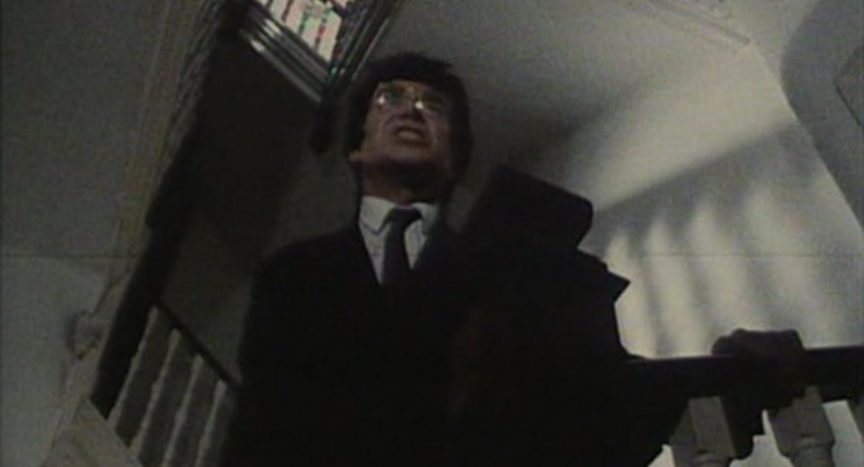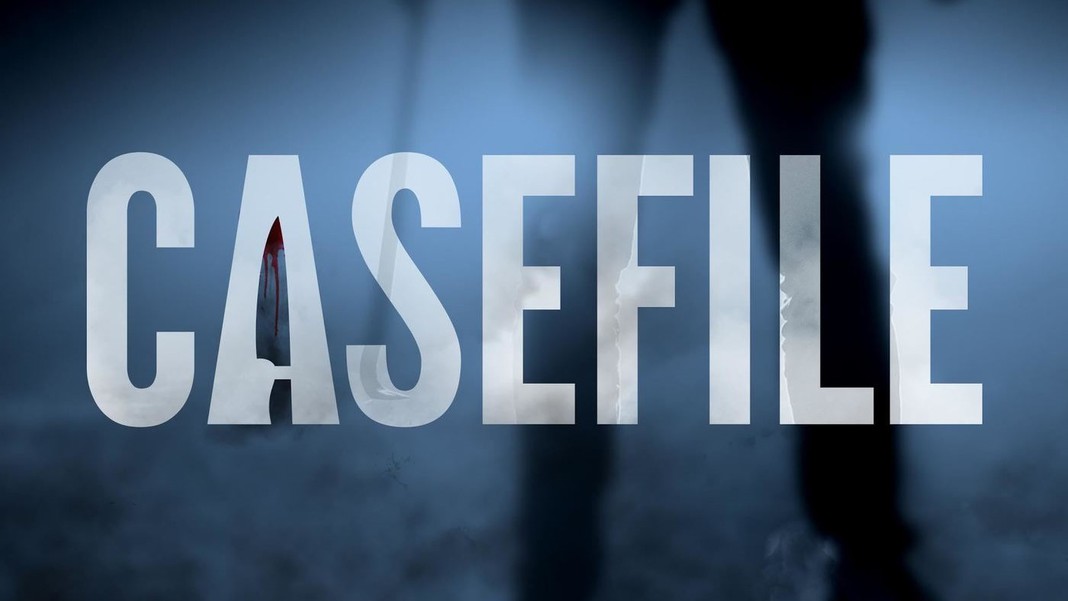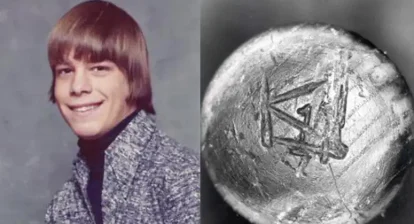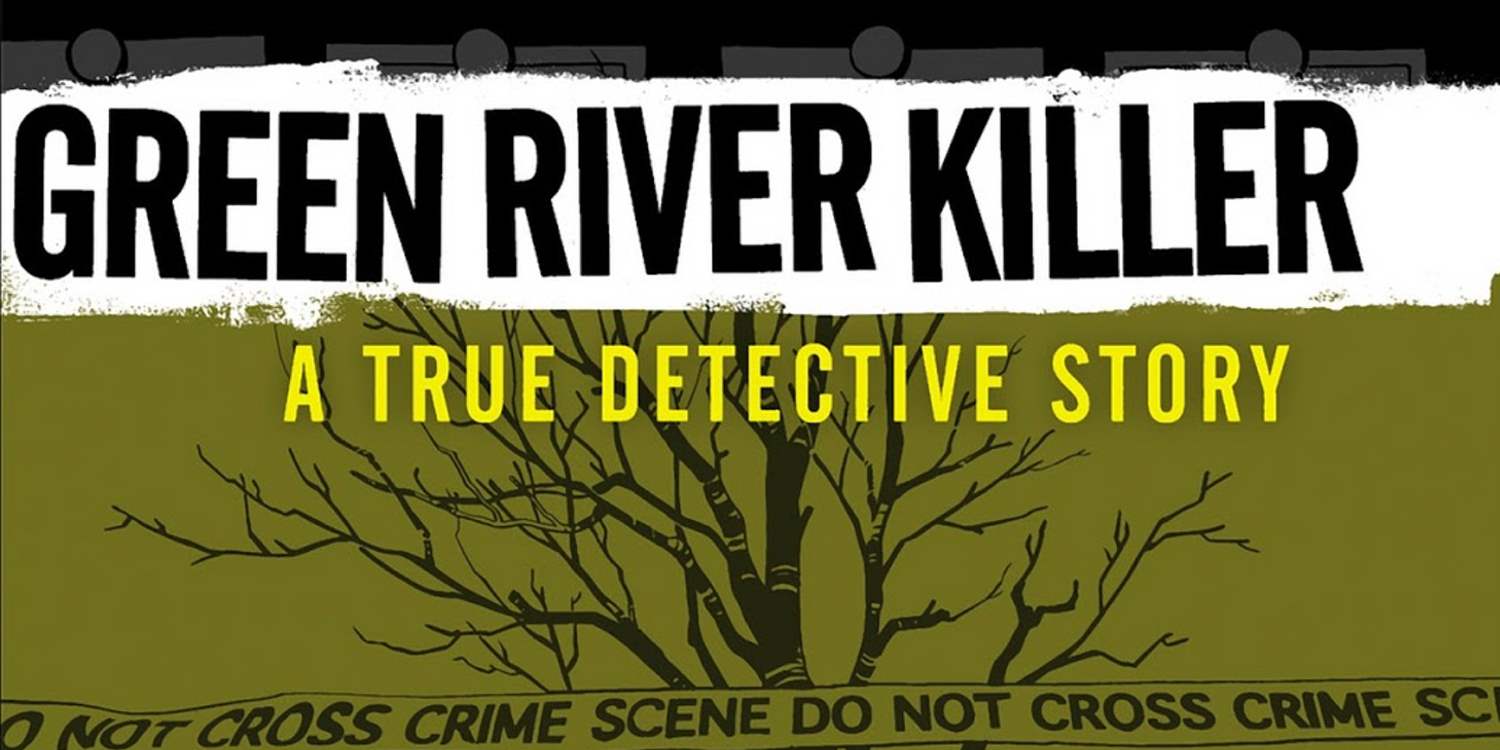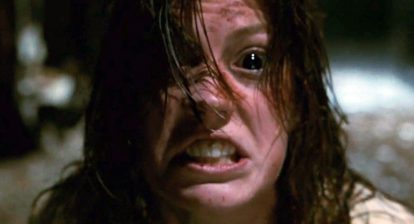Fhiona Louise’s first and only feature film, Cold Light of Day, is a lightly fictionalized account of the brutal real life murders of serial killer Dennis Nilsen. It opens with two and half dialogue free minutes. The only sound is something between thunder and music pulsing. It’s presumably a musical window into how Nilsen stand-in Jordan March (Bob Flag from 1984) feels as the police burst into his building, arresting him for the murder of multiple young homeless men. He’s taken into the station, where Inspector Simmons (Geoffrey Greenhill) questions him.
That interrogation frames the film. March tells Simmons his story, starting a few months before the murder. He’s a civil servant who picks up the much younger Joe (Martin Byrne-Quinn) in a bar. Joe describes himself as “one of life’s no-hopers.” He’s homeless and according to March’s account, cheating on the older man. One of the interesting things about the frame of the interrogation is that the story is coming from March, and so while Joe’s illicit rendezvous with another man in the diner bathroom is staged on screen, it’s more likely a jealous delusion than something that actually happened. March didn’t interrupt them, so there’s no way he could’ve known whether or not they had sex in the bathroom.
It also gives Louise, who scripted and directed Cold Light of Day, the opportunity to comment on what was happening through the Inspector SImmons. He breaks up the story to yell at March, but his comments could as easily be applied to the viewer. The 80s slasher boom frequently used point of view shots so viewers would identify with murderers as they ripped through young adults with increasingly elaborate kills. Inspector Simmons’ anger destroys that association. At times, viewers will wonder if he’s yelling at March for killing or the audience for watching.

See Also: Funny Games will Re-sensitize You to Violence [Blu-ray Review]
Bob Flag’s performance as March pushes audiences further away by bringing out how miserable a serial killer might be. In another 1989 release, Robert Englund imbues Freddy Krueger with a sense of joy in Nightmare on Elm Street 5: The Dream Child. Flag does the opposite with March. He cries as he kills his victims. He has panic attacks. As he dismembers their bodies he vomits. Even when he tells Inspector Simmons that he enjoyed the act of killing so much it was “unforgettable,” Flagg delivers the line so that audiences know that it’s a lie. Maybe he did like it, but he hated it too. It scarred him, coming in post-traumatic flashback montages throughout the film.
The difference between Cold Light of Day and its contemporaries is further underlined by the cinematography. Nigel Axworthy shoots almost everything in long takes, with the camera slowly panning. The characters are far away, and sometimes on the edge of the frame. Combined with the grainy 16-mm film the movie was shot on, it creates a grungy effect.
The only soundtrack is the thunderous pulsing which only comes when March is at his most tense. The rest of the film is shot without music, making it feel eerily lifelike. That unique style combined with the push against associating with killers makes Cold Light of Day feel like a cultural turning point, like the shift in popular rock from hair metal to grunge that happened at that time.

Also See: Retrospective – Henry: Portrait Of A Serial Killer
It wasn’t the only film pushing horror in that new, grittier direction. Henry: Portrait of a Serial Killer was first shown at a film festival in 1986, but didn’t get a wide release until 1990 because of its brutality. The marketing campaign for this Blu-ray has compared Cold Light of Day to Henry, but the inclusion of Inspector Simmons makes the film feel less amoral. The most disturbing part of Henry is that the title character is never even pursued by the police, let alone caught. There are no consequences, whereas March is caught in the first three minutes of Cold Light of Day. That’s not to say there’s no disgust in Cold Light of Day, but that it comes from a different place: the juxtaposition of March’s kindness with his violent acts.
Cold Light of Day is a sobering dramatization of real murders that pushes viewers to think about the evils that homelessness enables. It challenges the popular slashers of the time. It introduces a bold new style. It’s a shame that Louise—who dedicated the film “For those too sensitive for this world” before the credits roll—hasn’t directed more movies. She’s immensely talented.
It may have something to do with the way the film was covered on its release. As Jo Botting writes in the essay “Cold Discomfort” that’s included with this Blu-ray, “Much of the film’s publicity focused on its directors’ youth, gender, and physical attributes, and the unlikely choice of subject matter for a 21-year-old.” I can’t imagine Sam Raimi had to deal with similar questions as a 22-year-old man when Evil Dead was released.
See Also: The Evil Dead is a Low Budget Masterpiece

The Blu-ray has two commentary tracks: one with Louise, and one with film historians Dean Brandrum and Andrew Nette. There are also interviews with actors Martin Byrne-Quinn and Steve Munroe, two short films that Louise acted in, the proof of concept short film, and a tour of where the film was shot. The special features would be worth the price of admission by themselves and this is a great film.
Wicked Rating – 9/10
Arrow Video released Cold Light of Day on Blu-ray October 27, 2020.
